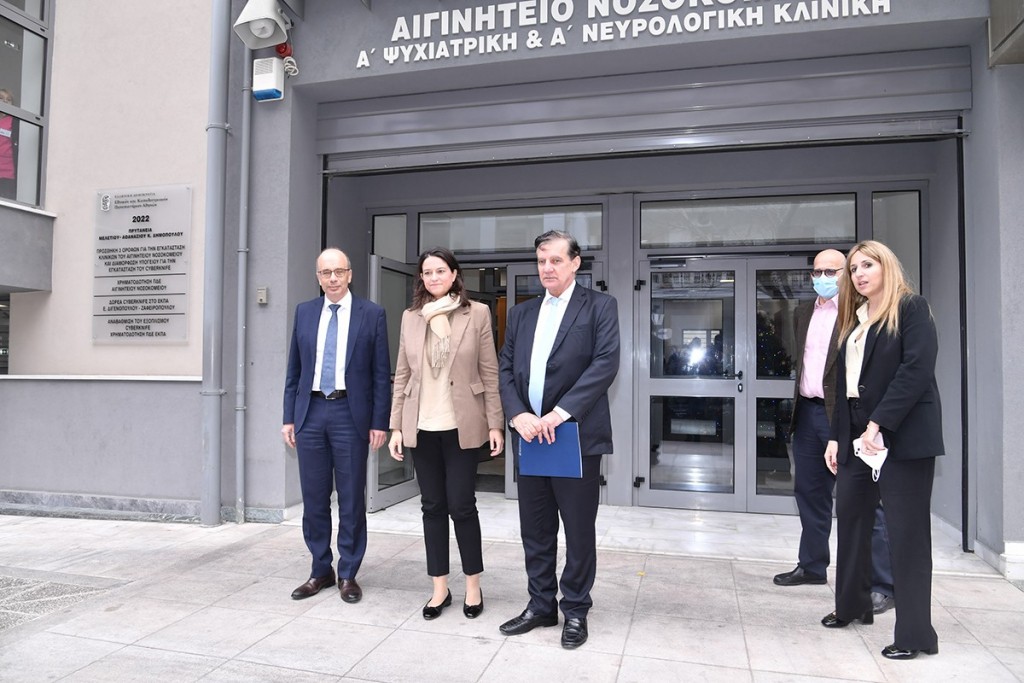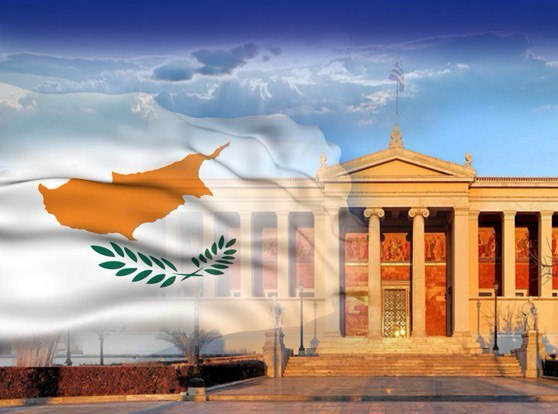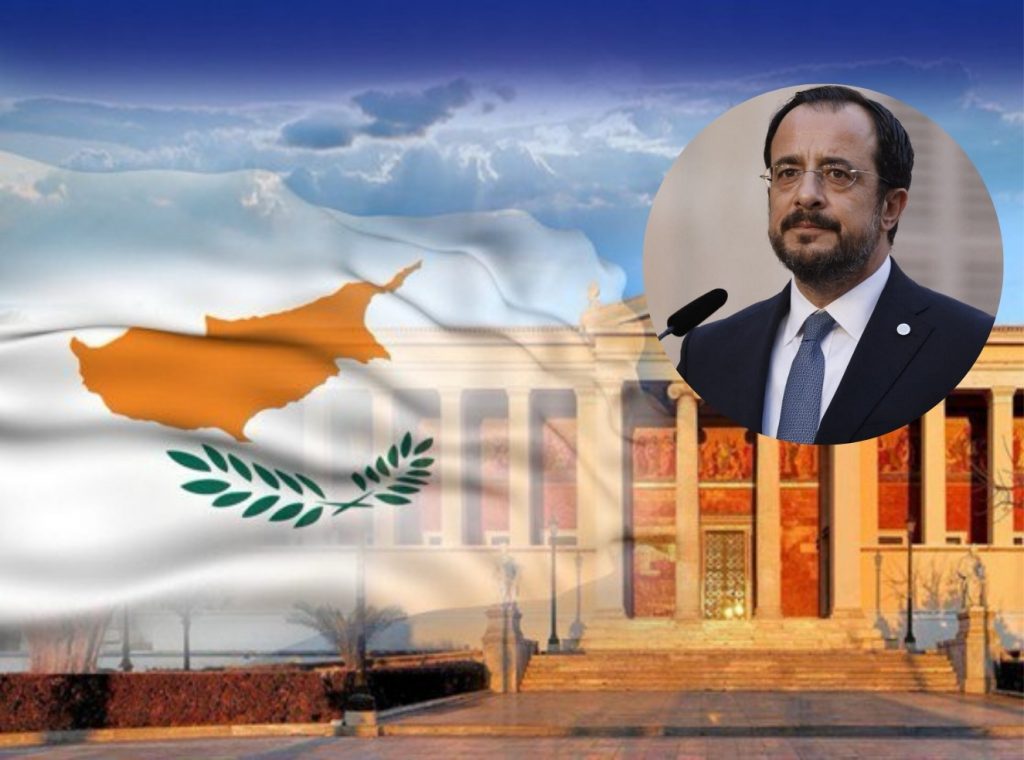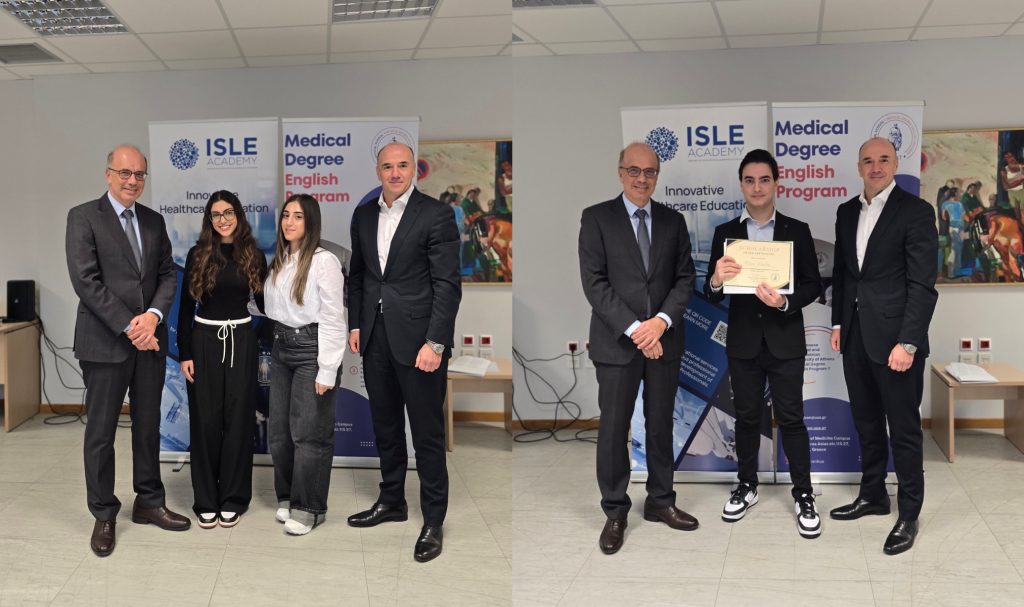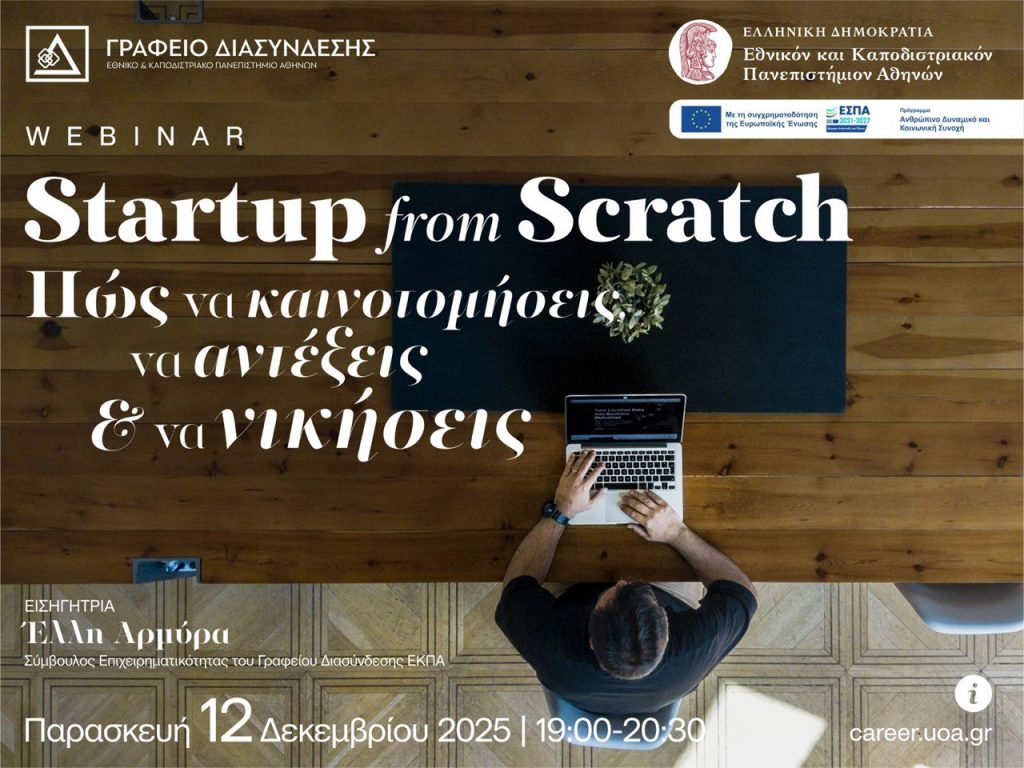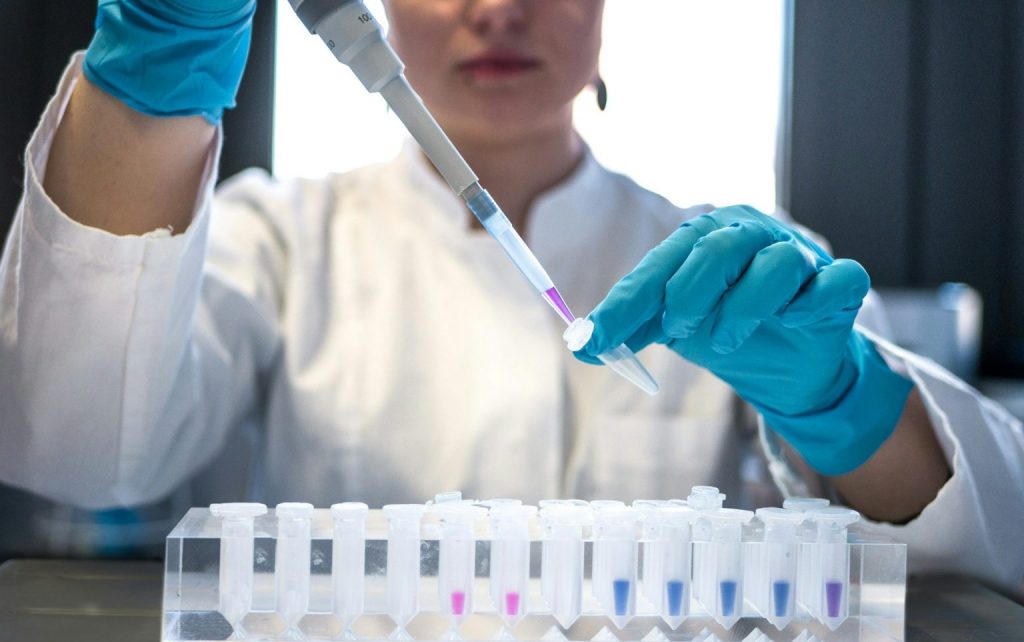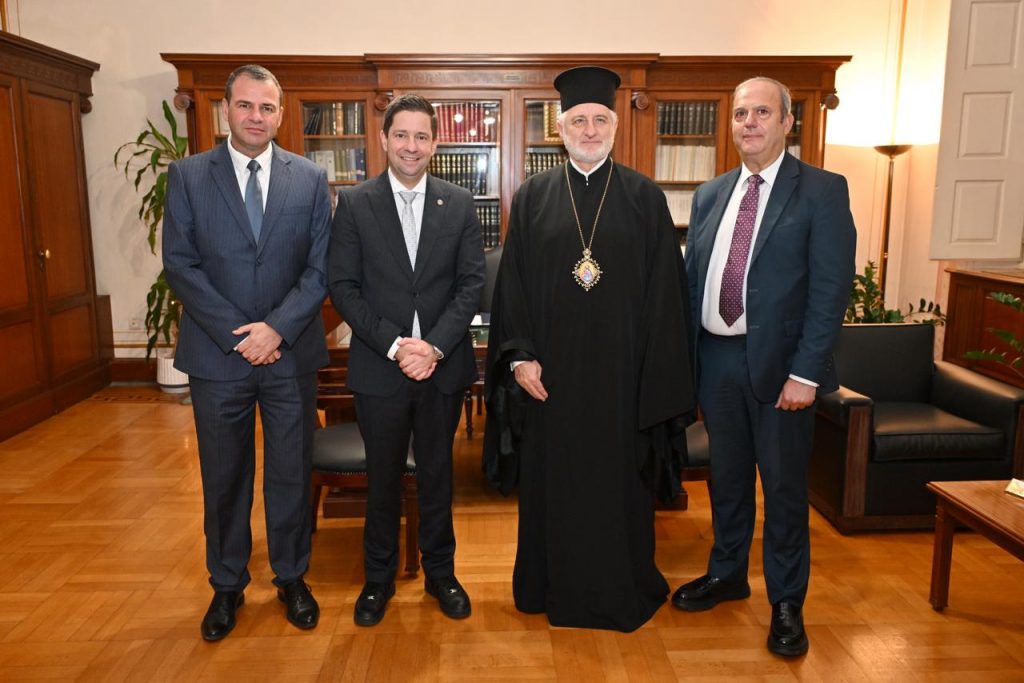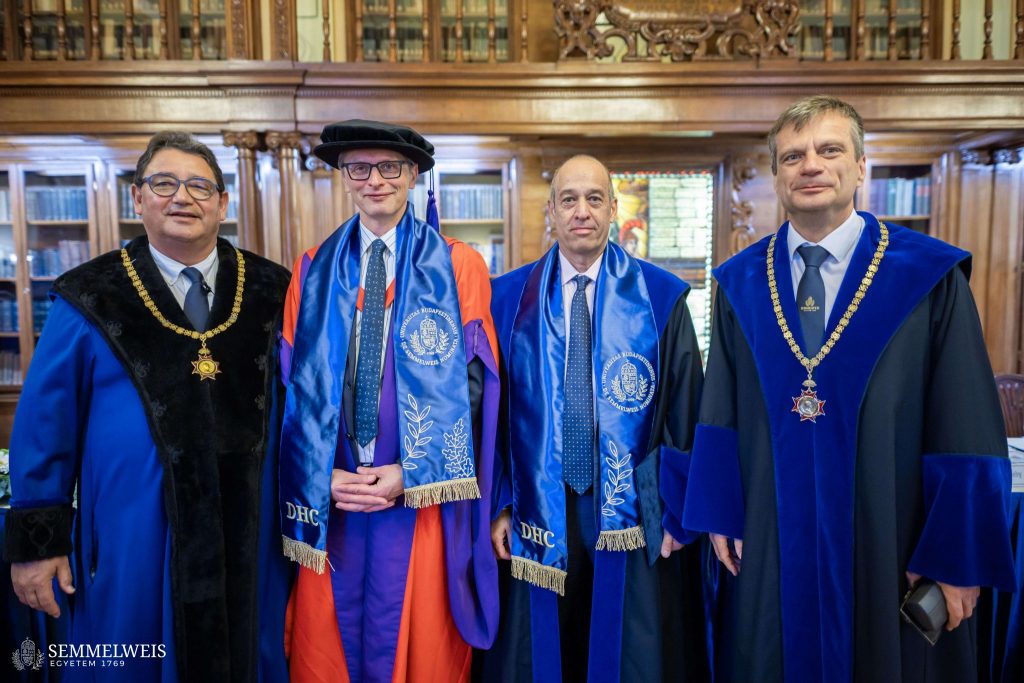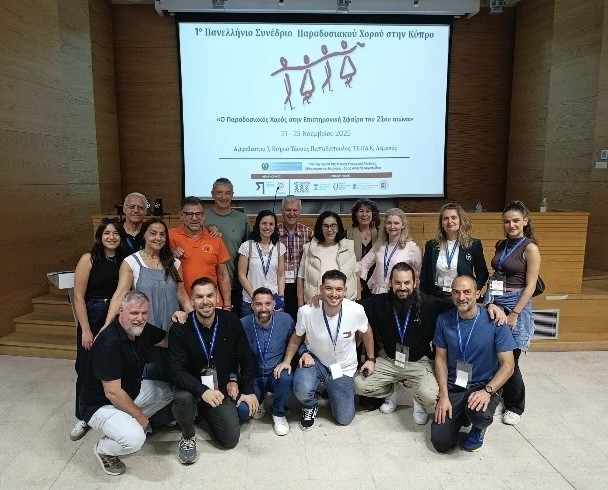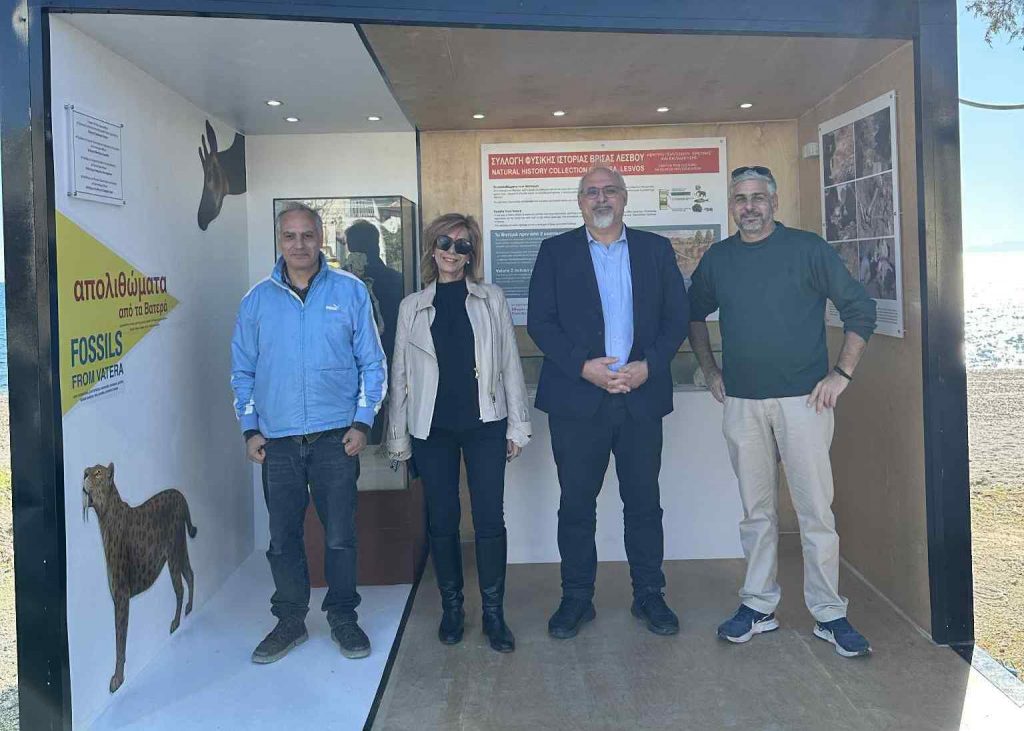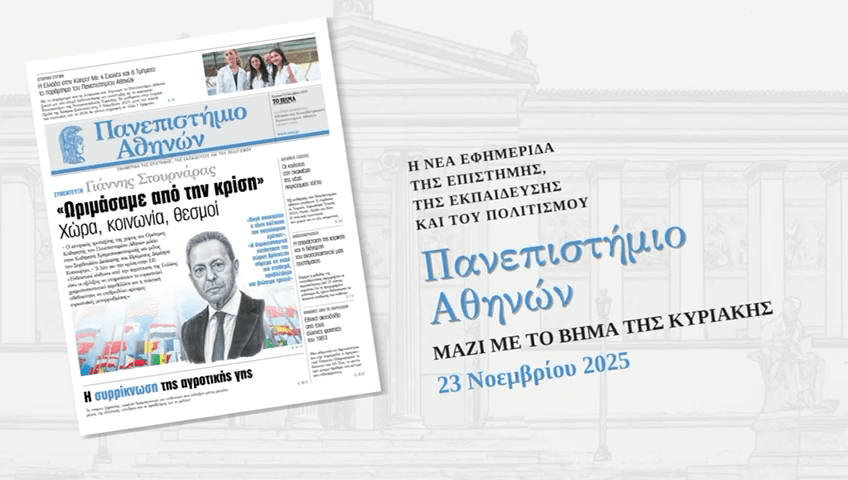NKUA’s new hospital facility, located in the complex of the Aiginiteio and Aretaieio Hospitals, is now fully operational. The structure has three new floors and a refurbished ground floor housing departments and other units related to the Aiginiteio Hospital’s neurological and psychiatric training programmes. The basement of the building accommodates the first-ever Stereotactic Radiosurgery and Stereotactic Body Radiation Therapy System (CyberKnife) in a Greek public hospital.
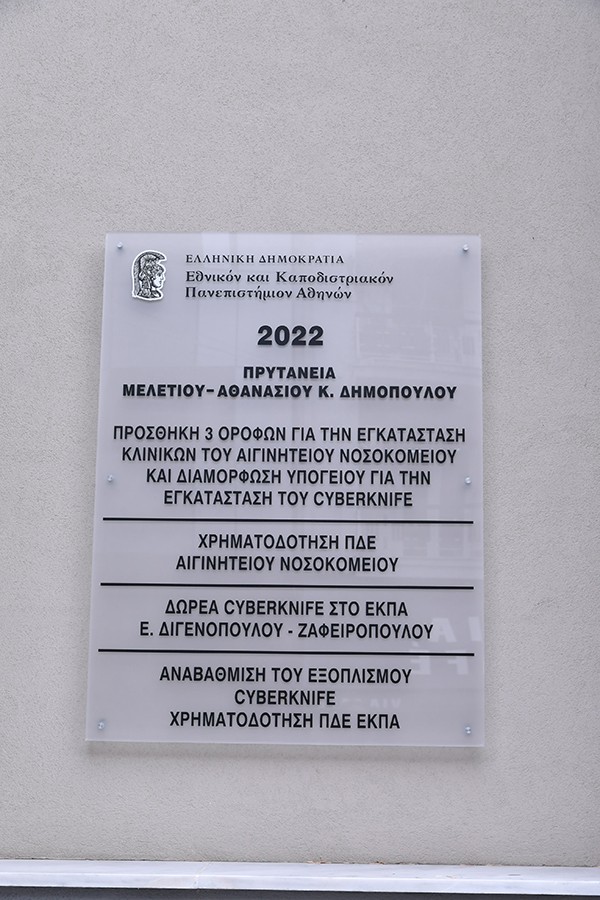
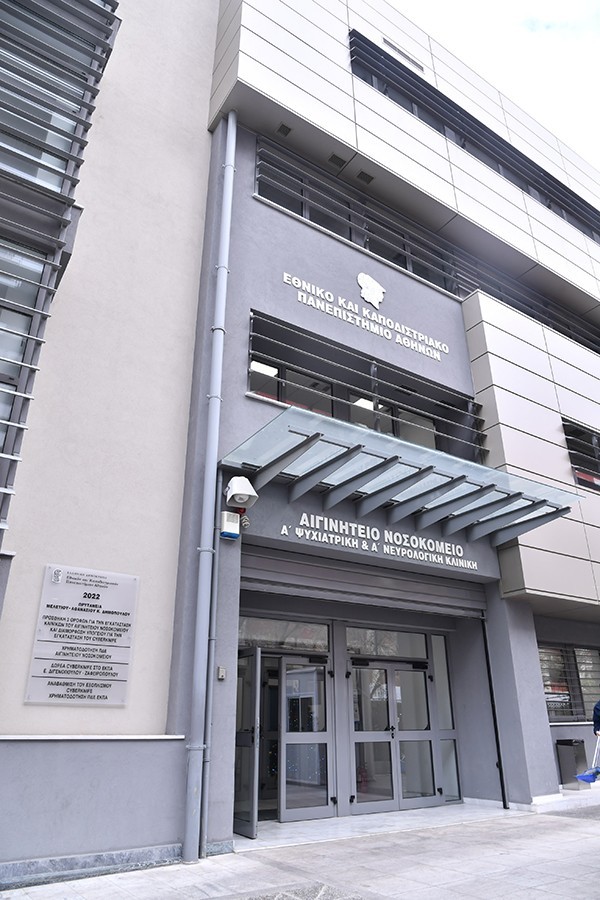
The Minister of Education, Ms Niki Kerameus, and the Rector of NKUA, Professor Meletios-Athanasios Dimopoulos, presided over the official opening ceremony of the facility, which took place on Tuesday, 20 December 2022. Also present at the ceremony were the Dean of the School of Health Sciences, Professor Emmanouil Pikoulis, the President of the Ephorate (i.e., the Board of Directors) of the Aretaieio and Aiginiteio Hospitals, Professor Nikolaos Arkadopoulos, the Chair of the School of Medicine, Professor Gerasimos Siasos, the Director of the 1st Department of Neurology, Professor Leonidas Stefanis, the Director of the 1st Department of Psychiatry, Professor Nikolaos Stefanis, the Director of the 1st Department of Radiology, Professor Lia-Evangelia Moulopoulos, the Associate Professor, Ms Anna Zygogianni, other faculty members of the School—especially those working in the two historic University Hospitals—and the Director of the Technical Services of the University of Athens, Mr Ioannis Barbaresos.
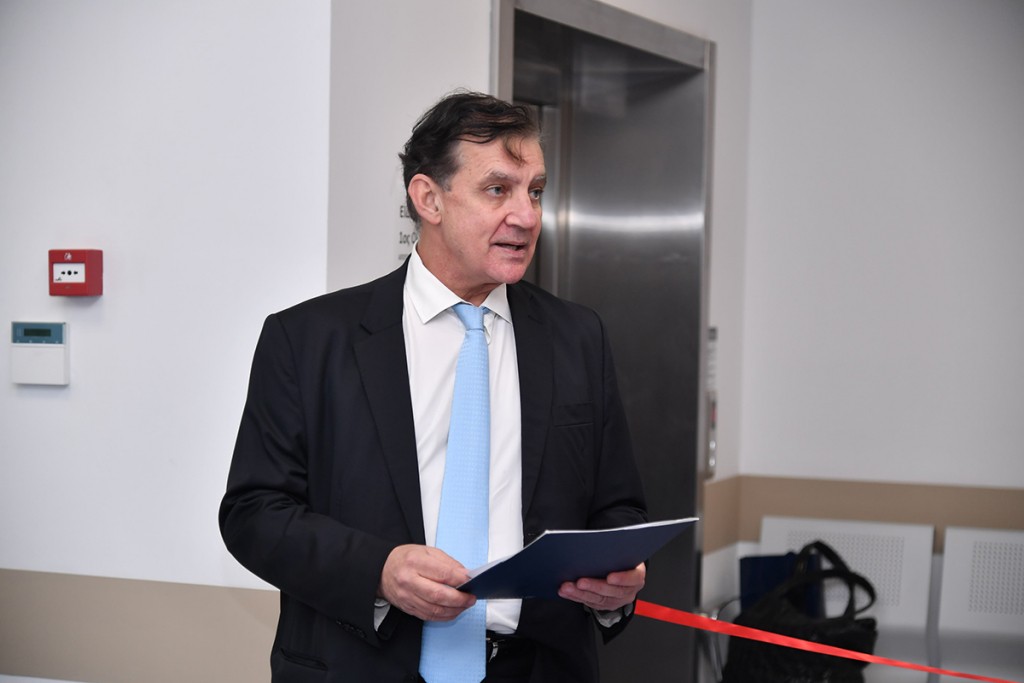
Professor Meletios-Athanasios Dimopoulos, Rector of NKUA, said at the official opening ceremony: ‘I am most pleased today because the works for the construction and operation of three new floors, as well as the refurbishment of the ground floor for the needs of the Aiginiteio Hospital, all finished during my tenure. I am equally pleased with the remodelling of the basement, accommodating now a Stereotactic Radiosurgery and Stereotactic Body Radiation Therapy System (CyberKnife). The Public Investment Programmes of the Aiginiteio Hospital and NKUA funded the project, which is why we are honoured to have the Minister of Education and Religious Affairs among us.’
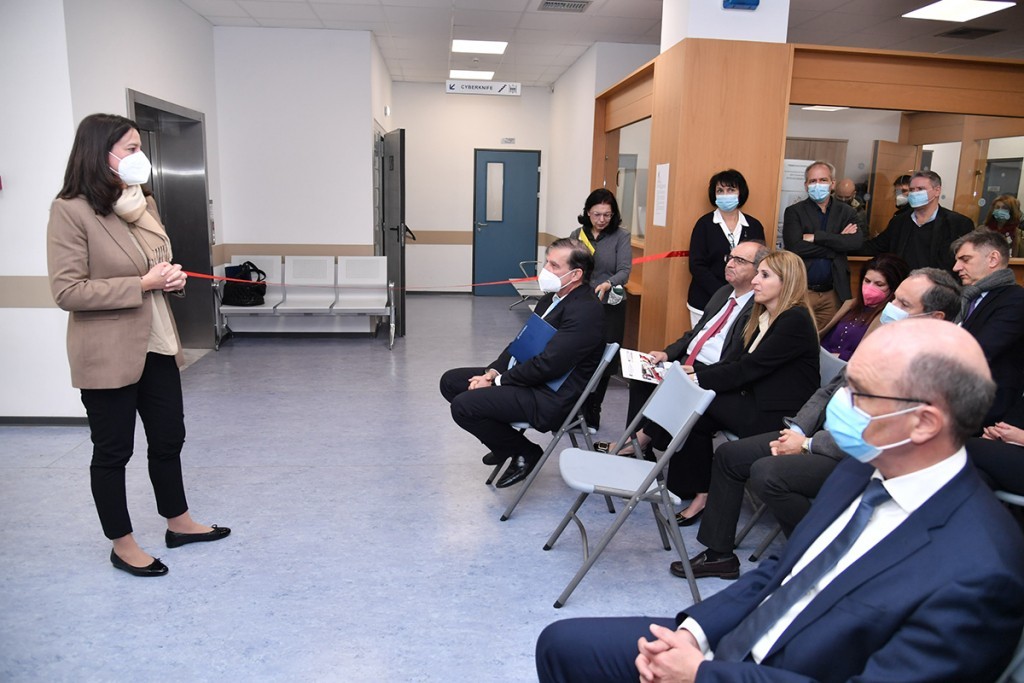
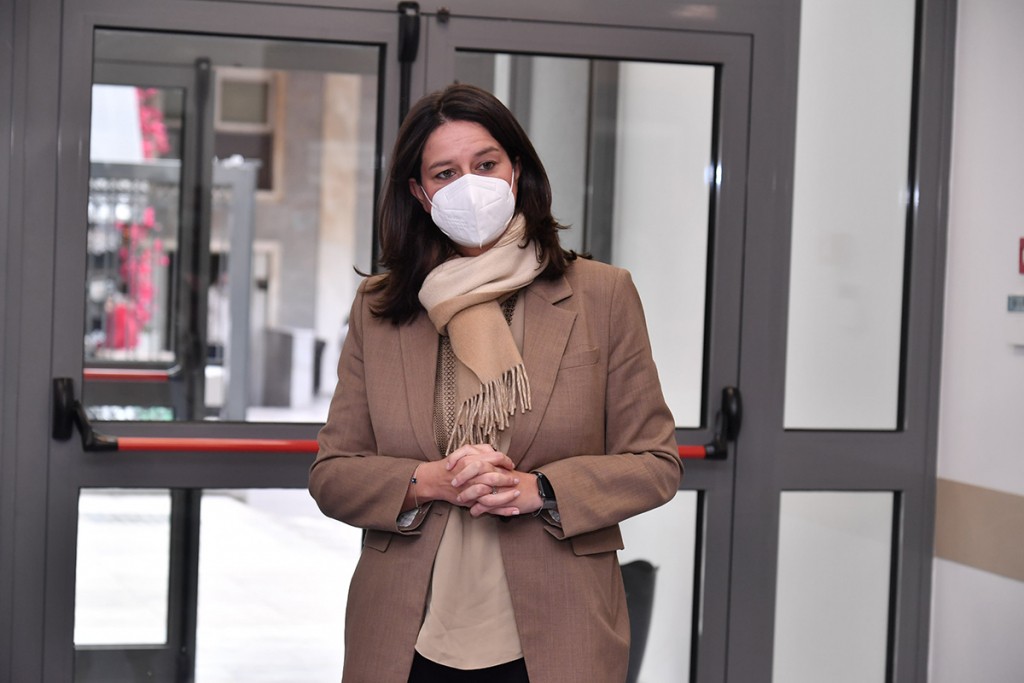
Immediately afterwards, the Minister of Education, Ms Niki Kerameus, addressed the ceremony emphasizing the Hospital’s vital role as a provider of healthcare services on the one hand and medical training for students on the other. She also mentioned that the Ministry of Education has always supported Universities in general and University Hospitals in particular. ‘We strongly support your efforts and will continue upgrading and modernizing the infrastructures of our Higher Educational Institutions and University Hospitals,’ she stated. She also referred to the Public Investments Programme, which since 2020 includes ‘seven new projects with a total budget of more than 12 million euros, concerning, among other things, the supply and installation of medical equipment, as well as the study for the construction of hospital facilities at the Aretaieio Hospital.’

It is worth noting that the CyberKnife system was a generous donation by Ms Eleni Digenopoulou-Zafeiropoulou, the great benefactor of NKUA, whom the Rector publicly praised for her contribution to the Institution. To quote his own words: ‘Ms Eleni Digenopoulou-Zafeiropoulou upholds the age-old tradition of the Great Benefactors of the National and Kapodistrian University of Athens and is a shining example to the Greek Nation.’

CyberKnife’s linear accelerator is mounted on a robotic arm, giving it tremendous flexibility (6 MV 1,000 MU/min). It has excellent tumour targeting accuracy, with an error of ±0.06mm. The system is unique in tracking targets in any part of the body throughout the treatment. It can also treat malignant and benign brain and spinal tumours, which require precision targeting and irradiation due to their proximity to easily subject to injury critical areas of the body.
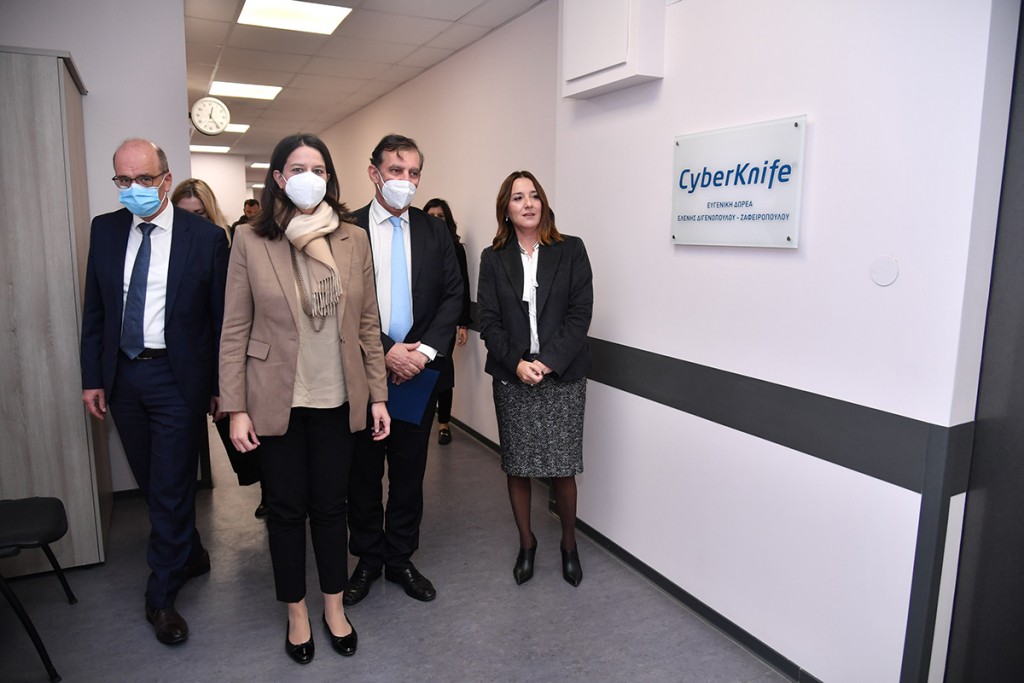
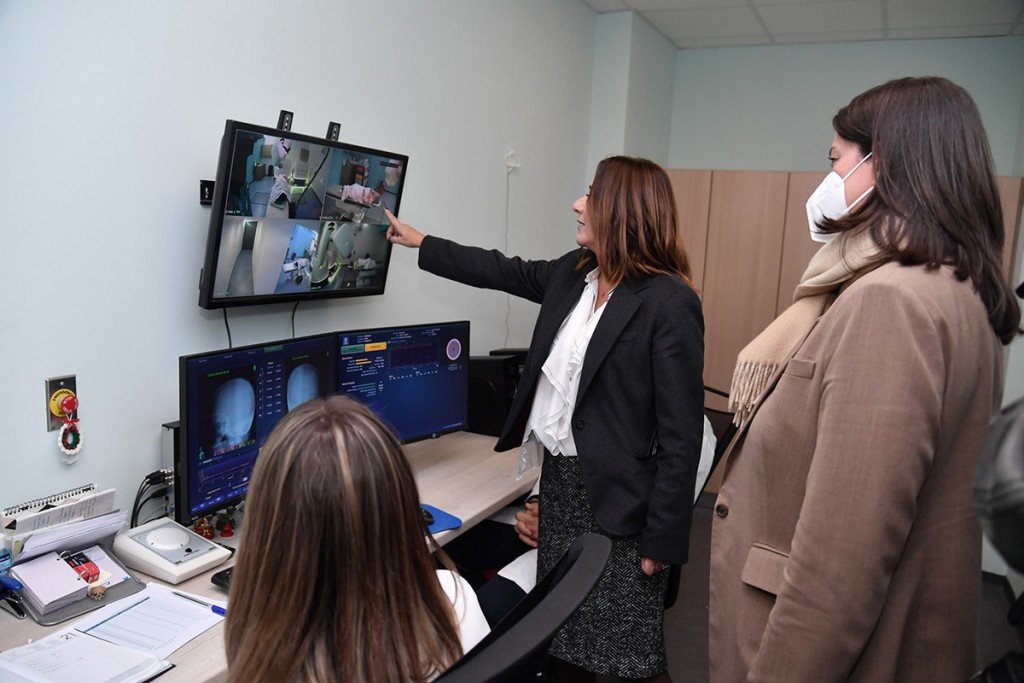
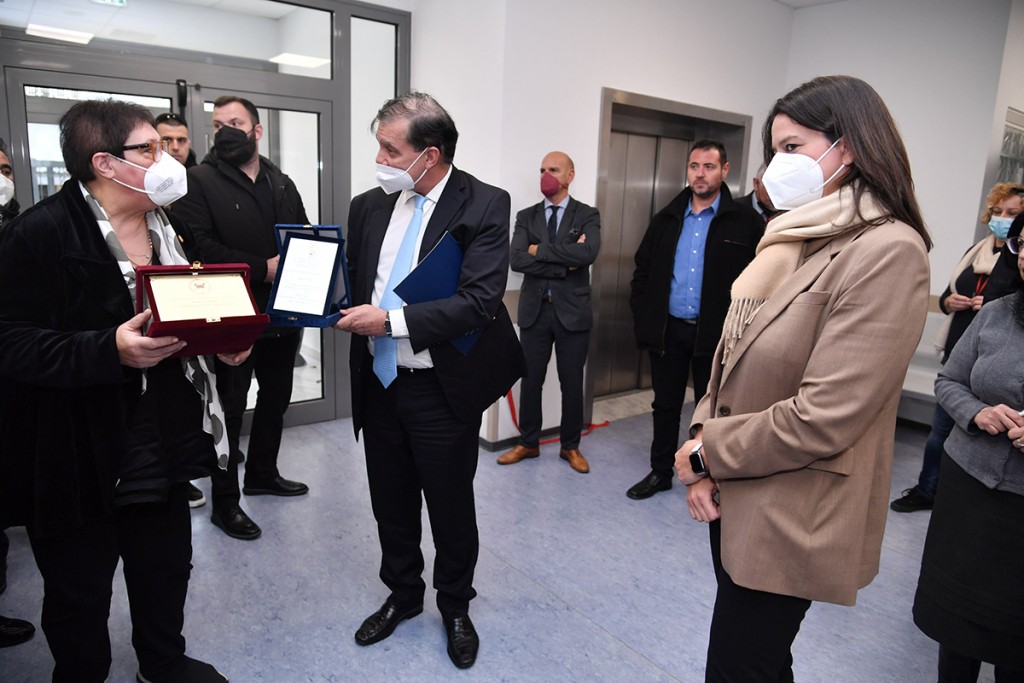
Apart from the additional three floors for the Aiginiteio Hospital’s Departments and the basement’s remodelling to meet CyberKnife requirements, the new three-storey wing has also been landscaped and received equipment, signage, furnishings, and shading systems through the Public Investments Programme. At the same time, the Technical Services of the University of Athens—which the Rector thanked as a whole, paying special thanks to the Director, Mr Barbaresos—initiated a process for the restoration and renovation of the listed Aiginiteio Hospital’s main building, the maintenance, remodelling, and energy upgrading of various Hospital annexes, and the repairs of the electromechanical installations of both the main and other buildings of the Hospital.
The request for a new hospital building dates back several years. Throughout the project’s execution, various issues arose. It is worth noting that the building now stands on land purchased specifically for this purpose by NKUA.
In this regard, Professor Dimopoulos made the following remarks as he concluded his speech: ‘Professors Dimitrios Vasilopoulos, Georgios Papadimitriou, Eleftherios Stampoulis, Ioannis Evdokimidis, Charalampos Papageorgiou, Leonidas Stefanis, and Nikolaos Stefanis, all contributed significantly to this effort. We owe a special mention to the late Professor Dimitrios Vasilopoulos, who devoted an important part of his academic career to the radical renovation of the Aiginiteio, having been the one to envision and pursue the construction of this building, which we are officially inaugurating today.
I was President of the Ephorate at the time, with Professor Vasilopoulos as Vice-President, and I can assure you that our efforts to secure funding for the study and the construction works and to obtain the building permit were tireless.
My relationship with the Aiginiteio and Aretaieio is very close, as I was for four years (2007-2011) President of the Ephorate of the two hospitals. On all projects, I worked effectively with the Vice-Presidents, the members of the Ephorate, my colleagues, and the administrative and technical staff, laying the groundwork for the development of our two historic hospitals.
With consistency, continuity, and cooperation, we keep on at our University. All completed and ongoing major projects, as well as the planned supply of new equipment, improve—in proper alignment with our Strategic Development Plan— structures, infrastructures, and functions to firmly support our Institution’s extroversion, and mainly the teaching, research, and broad social mission of the National and Kapodistrian University of Athens. I wish to thank you all for your untiring work. May our close cooperation become more and more fruitful for the benefit of our University.’


